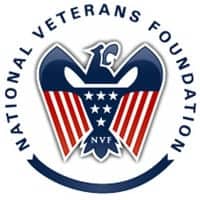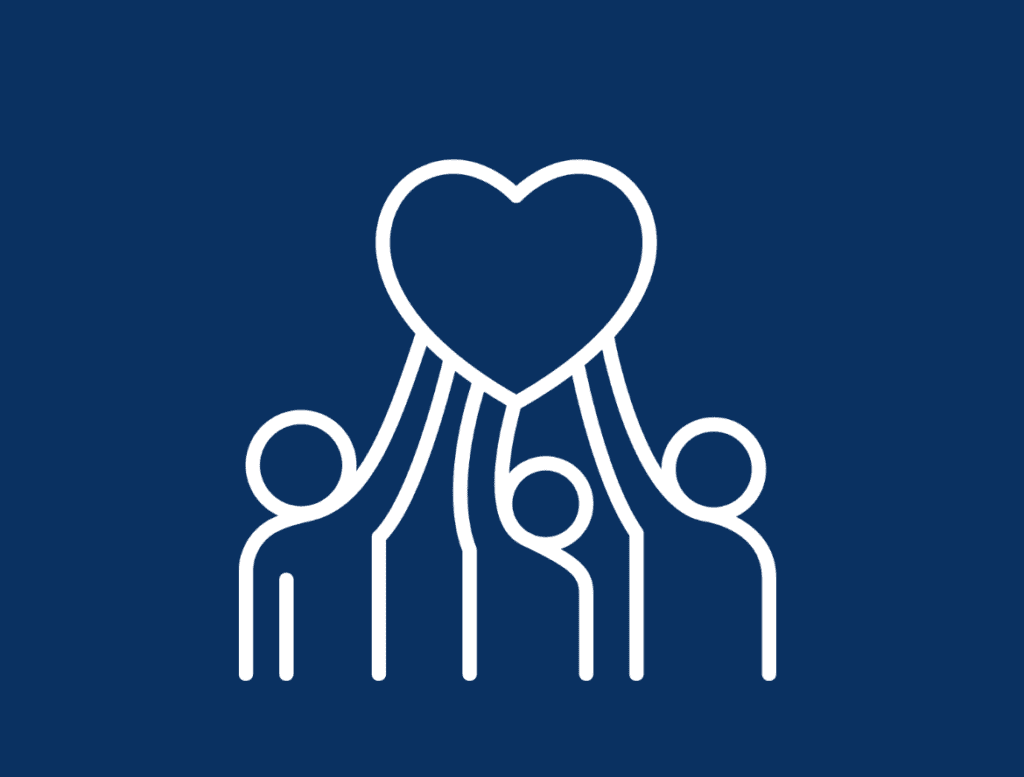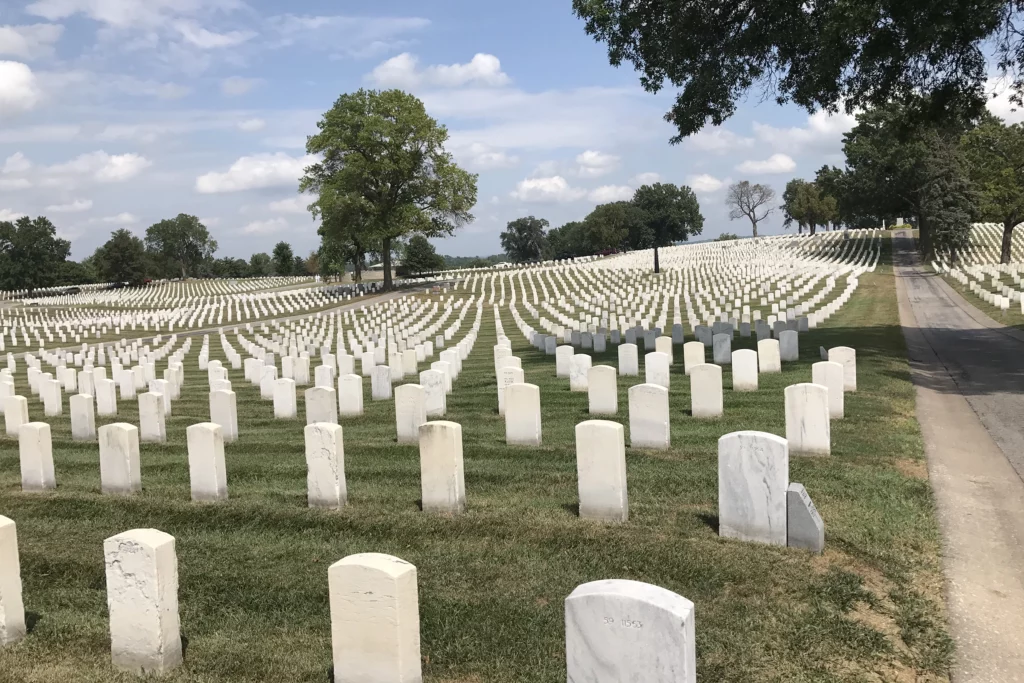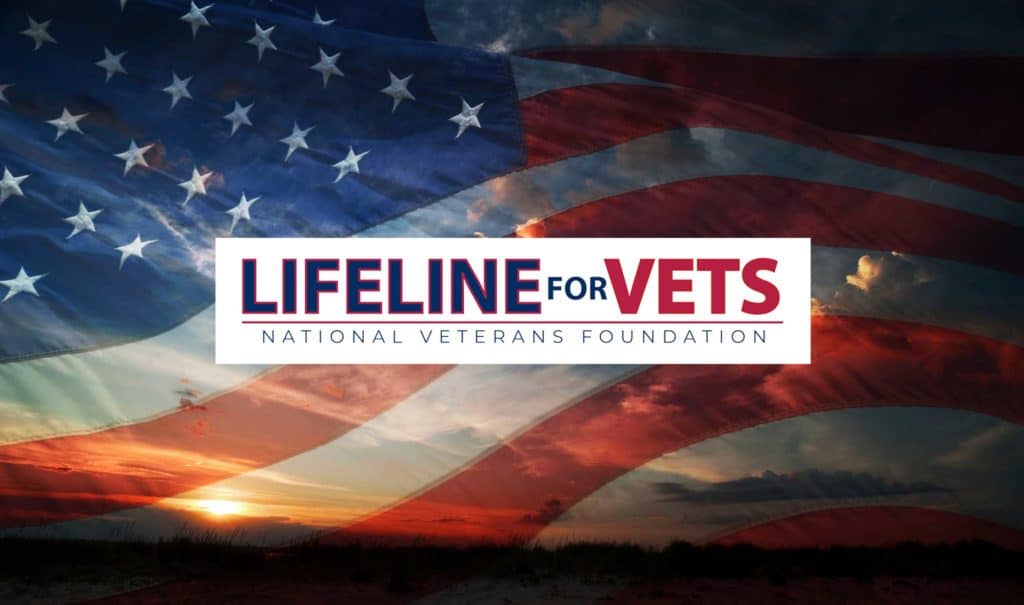Commentary: The naked emperor and the vanishing veteran
Whispers — from the red carpet, at charitable foundations, in the corporate boardroom — tell a very different story than do prominent speakers and private citizens who declare: “We support veterans! We hire veterans! We love veterans … and their families!”
In the belly of the Pentagon in December 2011, I first met Army Col. David Sutherland, who had led a brigade during the surge in Iraq and straightforwardly told a Washington Post reporter that when more than 100 of his soldiers were killed, “I didn’t like it.”
Knowing I had just written a book about veterans and had organized a Harvard Kennedy School conference about veterans and their families, the colonel asked if I had read the two Pentagon white papers called “The Sea of Goodwill” and “The Groundswell of Support.”
I had.
He asked what I thought of them.
Unaware that he had written them, I said that I thought they were good as far as they went, and that I agreed all veterans deserve an education, employment and health care.
“However,” I continued, “you can educate veterans and give them jobs and health care, but if they are isolated from their home communities, many will abuse alcohol and drugs, become homeless and kill themselves.”
I then said that I thought the notion that there is a sea of goodwill and groundswell of support for veterans from nonveterans was lovely but largely untrue. While researching for my book, I had found few nonveterans who even wanted to think about veterans. After all, who wants to think about war?
What’s more, these days, veterans comprise less than seven percent of the U.S. population. Combine those small numbers with the social isolation of so many, and the vast majority of citizens may not even know someone who served. If you don’t interact — or knowingly interact — much with veterans, you simply don’t have to think about them.
I hoped against hope that I would be proved wrong about this.
In the spring of 2011, I began blogging for Psychology Today. Over the next few years, I learned that nearly every time I wrote anything about veterans, those essays attracted considerably fewer readers than anything else I wrote about.
I was devastated to see the lack of support so starkly displayed in those numbers, so I tried an experiment: The next time I wrote an essay about veterans, instead of telegraphing that in the headline, I called it “Healing Without Harming.”
Within three days, it had garnered as many readers as my average essay that was unrelated to veterans.
After working with veterans and their families for more than a dozen years, I have had lengthy conversations with many people who deeply care about veterans, and who genuinely help through various organizations and services.
At first, all of us were optimistic that America would rise to the occasion and help once we made a few things clear. First, many veterans and their families suffer because of the former’s military experiences. Next, they suffer more when their deeply human responses are wrongly labeled as signs of mental illness, and this leads their communities to fear and turn away from them. Finally, there are many alternative approaches that help them truly come home
But through these years, I increasingly hear from these people that their optimism has gone. The groundswell of support is an emperor with no clothes.
Whispers from people on awards show red carpets go like this: “In the past couple of years, fewer celebrities even mention service members, and, with rare exceptions, the messages from those who do are far briefer than before.”
Why? Many celebrities believe that because the most recent wars are said to be over, veterans no longer need our attention. They have become invisible.
Help for veterans no longer appears on the lists of many charitable foundations that listed it as a top priority for funding a few years ago. A highly placed expert on the military reports that CEOs who formerly had proudly trumpeted their intentions to employ veterans through programs such as Joining Forces now tell him that there is no need to help them, because “the wars are over.”
These attitudes reflect a staggering ignorance of history. In an important sense, wars rarely end completely. The production of new veterans certainly never stops. Not only do thousands of service members continue to serve in regions where we were recently, explicitly, at war, but 70 years after World War II ended, we also still have nearly 50,000 military personnel stationed in Germany — more than that in Japan — and 28,500 service members in Korea.
And now President Obama announces that he will send 50 special operations troops to Syria. History shows that what starts with a tiny number quickly swells. There will be more deaths, more horrific physical injuries and more emotional devastation.
The suicide rate among veterans is highest among the oldest — those from World War II, the Korean War and the Vietnam War. When we consider that fact in light of how long they have been home, the low tide of the sea of goodwill should scare us to death. The fact that their wars officially ended decades ago has not wiped out their need for connection and other kinds of help.
Related to this, another frightening fact has only recently begun to be whispered about: The well-known claim that “22 veterans kill themselves every day” is a vast underestimate. That figure is based on reports from only 21 states, and does not include California and Texas, with their high veteran populations. In spite of this, respected organizations and individuals continue to cite the figure of 22, when a very conservative estimate would place it at least at 50.
Suicide rates are also especially high among women veterans, and this is likely connected — at least in part — to the high likelihood of a woman being sexually assaulted in the military. Many women and men who were sexually victimized have courageously told their stories in congressional hearings, only to plunge into despair as, year after year, no legislation has been passed to significantly reduce the incidence of such assaults or to increase the numbers of meaningful punishments for the perpetrators. They feel invisible.
Another ugly statistic that has not been sufficiently revealed — and has gone largely unpunished — has been the number of entities that purport to help veterans but are in it mainly, as one described in an email sent to (but not intended for) me, to “get those veteran dollars.”
As I travel around the U.S., the organization I hear touted the most by ordinary citizens when asked who is helping veterans is the Wounded Warrior Project, which is certainly the most highly publicized. WWP’s CEO and employees receive alarmingly high percentages of the group’s budget — the CEO’s salary is well over $300,000 — and the project ended up with more than $90 million in assets at the end of 2012. During this time, it spent $300,000 for a parade and $50,000 for a monument, funds which could have gone to providing substantive help for veterans and their families instead.
Its website includes the claim that it has supported 398 veterans and their caregivers and placed 320 wounded veterans in jobs, unimpressive figures for a charity that took in close to $235 million in revenue in 2013 and over $340 million in 2014.
And though the group refuses to provide any help to veterans who served before 9/11, country singer Trace Adkins, in one of the WWP’s Public Service Announcements (read: commercials) sings a verse about a man who served in Vietnam. Vietnam veterans who were turned away from the Wounded Warrior Project have told me that they were crushed by the rejection and felt invisible.
In stark contrast are sterling entities that genuinely help veterans, including — but by no means limited to — retired Col. Sutherland’s Dixon Center in Easter Seals, Vietnam veteran Shad Meshad’s National Veterans Foundation, the Clowning Project for veterans that is run by Drs. Patch Adams and George Patrin, and Dr. Mary Vieten’s Tohidu retreats.
They and their staff members work tirelessly, without glitz and glamour, to give veterans and their families what they need.
But the combination of the hush-hush tide that is covering up those needs threatens to become a tidal wave that conceals what we, as a nation, ignore at our own peril.
Paula J. Caplan is a clinical and research psychologist. You can reach her here.
This story was also posted on https://www.paulajcaplan.net/ and The Military Times
Donating equals helping veterans.
Make a difference in a vet’s life. We are veterans helping veterans.
You can be a part of our mission to help Veterans by making a tax-deductible donation!
About the Author
SUBSCRIBE TO OUR BLOG AND NEWS!
By submitting this form, you are granting: NATIONAL VETERANS FOUNDATION INC permission to email you. You may unsubscribe via the link found at the bottom of every email. (See our Email Privacy Policy for details.)
Related Posts





